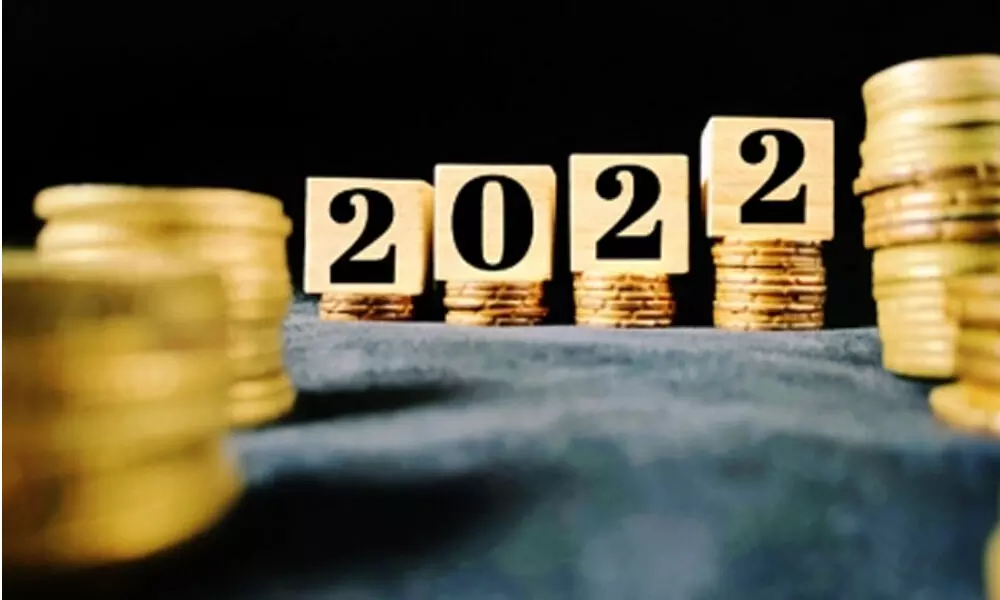Budget's growth focus to face macro challenges
The Budget is focused on growth, but will face macro challenges, Japanese brokerage Nomura said in a report.
image for illustrative purpose

New Delhi, Feb 2 The Budget is focused on growth, but will face macro challenges, Japanese brokerage Nomura said in a report.
First, the ability of the government -- both central and states -- to spend 2.9 per cent of GDP on capex will face execution hurdles. Identification of projects, on-the-ground implementation, coordination with different agencies -- all typically lead to a smaller amount being spent than allocated.
Second, if revenues disappoint or other expenses rise (higher subsidies or more allocation towards rural employment, for example), then there is a risk of the capex amount being pruned.
Third, we see other growth challenges. India is currently in the midst of a business cycle recovery. However, we expect India's growth to decelerate from H2 CY2022 onwards, reflecting weaker consumption demand from low income households (due to scarring effects and high inflation), weaker export growth and continued sub-par private capex due to low capacity utilisation.
Rising oil prices (a negative term of trade effect) and tighter global financial conditions are also growth headwinds.
Hence, if the capex-led push is not fruitful, then the growth slowdown could be material. We currently expect GDP growth of 8.7 per cent y-o-y in FY22 (reduced recently from 9.2 per cent owing to the impact of Omicron.
Nomura said we continue to expect higher inflation and wider current account deficits, largely due to rising commodity prices, although an expansionary budget may also play an incremental role. On inflation, while food prices appear in check, core inflationary pressures are rising across clothing, household goods and services and personal care items.
Firms are passing higher input prices onto consumer prices. Domestic fuel prices are currently on hold, but will likely be adjusted higher after the state elections. We expect services price inflation to also rise as the economy opens.
We expect elevated global commodity prices, high inflation and steady domestic demand to result in higher imports, widening the current account deficit to 2.6 per cent of GDP in 2022, up from a deficit of 1.3 per cent in 2021.
The Budget is unambiguously focused on reviving growth, via higher public capex. Capital expenditure generally results in a higher growth multiplier, so the continued focus on infrastructure spending, including support to states to spend on capex, is important at a time when private capex is sluggish.
The government expects to miss its budgeted fiscal deficit target of 6.8 per cent of GDP for FY22 (year ending March 2022) marginally, with an actual outturn of 6.9 per cent (Figure 1). The sharp rise in receipts of corporate taxes, robust income taxes and strong indirect taxes (in part due to higher fuel excise duties in the first half of the year) have resulted in net tax revenues exceeding budget estimates by Rs 2.2trn (1.0 per cent of GDP). However, contrary to our expectation, the government has revised up its capex commitment for the year by Rs 485bn (0.2 per cent of GDP), though this primarily reflects the government clearing its liabilities of the recently divested Air India. Also, in line with our expectations, revenue expenditure (revex) has been higher by Rs 2.4trn (1.0 per cent of GDP), reflecting the second wave support package, food and fertiliser subsidies, export incentives and extra spending by some departments. Finally, the disinvestment target has now been calibrated lower by Rs 970bn (0.4 per cent of GDP).
(Sanjeev Sharma can be reached at [email protected])

